Friday, August 31, 2012
Apollo 11 complete Spacecraft Commentary (PDF)
This is the complete Commentary of Apollo 11 Mision. July 16-24, 1969 (PDF)
Read what Neil Armstrong said while walking on the moon.
LINK
Wednesday, August 29, 2012
Wednesday, August 22, 2012
Affordable, Electronic Beam Steering Antennas For Satcoms
The Portable Satellite Hotspot (PSH) is intended to be a laptop-sized product (Figure P-1) that is extremely easy to use, delivering DSL-like data rates at price points on par with 3G cellular data services. Typically, the PSH would be placed on a surface outside, and the user would then rotate it until the appropriate satellite was detected. During this rough alignment period, the receive beam would automatically be in wide search mode and the user would hear an audio tone or a display would indicate when the signal was strongest. Rough manual alignment to +/-20 degs. of the satellite should be adequate. At this point, the beam shape would automatically switch from wide mode to narrow mode, locking onto the satellite with both transmit and receive systems activated. The PSH would then be ready to use. LINK
Tuesday, August 21, 2012
Monday, August 13, 2012
Win an amazing trip to Chile
ESO builds and operates some of the most advanced telescopes on Earth including the Very Large Telescope (VLT) at the Paranal Observatory. These huge machines have made many fascinating discoveries about the Universe. Now, for the first time in its history, you can decide what to observe with the VLT, or even win an amazing trip to Chile’s breathtaking Atacama Desert to help make the observations yourself.
Friday, August 10, 2012
7Z7AB Al-Dhahrah Island AS-190
A team consisting of HZ1BF, 7Z1CQ, 7Z1SJ, HZ1MD, HZ1BW, HZ1HN, HZ1AR, HZ1DG, HZ1FS and HZ1TL will activate Al-Dhahrah Island AS-190 using the callsign 7Z7AB. The DXpedition will start on 2012/10/05 until 2012/10/11.
Wednesday, August 08, 2012
Tuesday, August 07, 2012
The PISCES Project
The Pacific Islands Schools, Connectivity, Education, and Solar (PISCES) Project is a multi-stakeholder endeavor that focuses on using partnerships for local skill-building and technology training in both the Federated States of Micronesia and Guam. We hope to demonstrate a complete, replicable model for bringing solar powered computer-related technology and Internet connectivity to underserved schools and communities.
The project is about far more than just technology: Training, skill-building, and partnerships are all equally important components of the endeavor. The first half of the project is a workshop in solar-powered long-distance wireless connectivity held at the University of Guam. Among other hands-on activities, workshop participants will install two permanent long distance solar-WiFi connections on the Univ. of Guam campus.
The project’s second half, in Chuuk, Micronesia includes a technology deployment on the remote island of Udot as well as the team’s participation in the Department of Education’s Summer Institute for teachers and administrators in the capital city, Weno. Our team will first deploy a Solar-Computer-Lab-in-a-Box and establish solar powered long distance WiFi connectivity at Udot Primary school, then speak with teachers and administrators from across the state at the Summer Institute, gauging their interest in and attitudes toward technology.
Remote islands face many challenges when adopting new technologies and establishing connectivity to the rest of the world. The PISCES Project’s knowledge-sharing, training, and partnering experiences are designed to foster local capacity-building necessary to harness technologies and practices that can link those in the South Pacific to the rest of the globe.
Monday, August 06, 2012
The RoMac 10 Band Equalizer 2012
The RoMac 10 Band Equalizer 2012 coupled with your present computer's soundcard, affords you the finest Windows based digital equalizer made for the Amateur Radio community.
Using professional techniques such as audio equalization will enhance the audio quality of your signal. The RoMac 10 Band Equalizer 2012 is like having a full featured audio studio in one package.
Although the RoMac 10 Band Equalizer 2012 has many off the same features as the original Legacy RoMac 10 Band Equalizer. Under the hood, it's all brand new. Built with the latest .NET Framework from Microsoft, it is much less prone to audio glitches, and the user interface is cleaner and simpler.
Thoroughly tested. It has been use daily use in at my station for almost 6 months.
The RoMac 10 Band Equalizer 2012 has ten separate equalizer bands, with a generous plus or minus 16 dB of range and general bass and treble controls, to ensure that you have complete control over how your audio sounds. Variable high and low Pass settings for transmit audio.
The RoMac10 Band Equalizer 2012 keeps separate equalizer settings for both your transmit and receiver audio.
The audio compressor has been re-worked to ensure very low distortion levels, while effectively increasing your average power.
Receive audio has 6 fully adjustable brick wall audio filters, automatic notch filter, and a very effective Noise Reduction.
You can select just to use just equalize your transmit, or just the receive DSP filtering and equalizing, or both. Utilizing just the equalizer for transmit will require at least, an audio isolation transformer between your transceiver and the sound card. Using the equalizer for receiving only only requires an audio cable from your receivers audio output to the soundcard's Line In. Most users with a newer transceivers with their own DSP filtering, will find the receive filtering redundant and not necessary.
Fully adjustable effects processing. Adding small amounts of reverberation can add "presence" to your transmitted audio.
Fully programmable automatic CW identifier and tuning Pulser. 160 Hz notch aka "Feedback Destroyer". Up to 20 dB of attenuation at any frequency, with variable bandwidths of 10 Hz to 60 Hz in 10 Hz increments.
A notch at 160 Hz is very useful to reduce the "boominess" when enhancing the bass (bottom end) when utilizing audio bandwidths that are typically used is SSB transmissions.
Record and playback audio from your microphone or receiver audio. Great for setting up the equalizer to get that audio just right. Record the audio before or after any processing done by the software. Record off the air so a friend can hear how he sounds.
MORE HERE
Using professional techniques such as audio equalization will enhance the audio quality of your signal. The RoMac 10 Band Equalizer 2012 is like having a full featured audio studio in one package.
Although the RoMac 10 Band Equalizer 2012 has many off the same features as the original Legacy RoMac 10 Band Equalizer. Under the hood, it's all brand new. Built with the latest .NET Framework from Microsoft, it is much less prone to audio glitches, and the user interface is cleaner and simpler.
Thoroughly tested. It has been use daily use in at my station for almost 6 months.
The RoMac 10 Band Equalizer 2012 has ten separate equalizer bands, with a generous plus or minus 16 dB of range and general bass and treble controls, to ensure that you have complete control over how your audio sounds. Variable high and low Pass settings for transmit audio.
The RoMac10 Band Equalizer 2012 keeps separate equalizer settings for both your transmit and receiver audio.
The audio compressor has been re-worked to ensure very low distortion levels, while effectively increasing your average power.
Receive audio has 6 fully adjustable brick wall audio filters, automatic notch filter, and a very effective Noise Reduction.
You can select just to use just equalize your transmit, or just the receive DSP filtering and equalizing, or both. Utilizing just the equalizer for transmit will require at least, an audio isolation transformer between your transceiver and the sound card. Using the equalizer for receiving only only requires an audio cable from your receivers audio output to the soundcard's Line In. Most users with a newer transceivers with their own DSP filtering, will find the receive filtering redundant and not necessary.
Fully adjustable effects processing. Adding small amounts of reverberation can add "presence" to your transmitted audio.
Fully programmable automatic CW identifier and tuning Pulser. 160 Hz notch aka "Feedback Destroyer". Up to 20 dB of attenuation at any frequency, with variable bandwidths of 10 Hz to 60 Hz in 10 Hz increments.
A notch at 160 Hz is very useful to reduce the "boominess" when enhancing the bass (bottom end) when utilizing audio bandwidths that are typically used is SSB transmissions.
Record and playback audio from your microphone or receiver audio. Great for setting up the equalizer to get that audio just right. Record the audio before or after any processing done by the software. Record off the air so a friend can hear how he sounds.
MORE HERE
Friday, August 03, 2012
Understanding LF and HF Propagation ebook
"In 2008/2009 Alan Melia G3NYK and I wrote a series of features on understanding LF and HF propagation for the Radio Society of Great Britain's (RSGB) "RadCom" magazine.
My features consisted of a month-by-month look at each HF band in turn, showing the reader the propagation modes behind each band and explaining some of the technicalities of ionospheric propagation.
I looked at the D, E and F layers, Sporadic E, the MUF/LUF, using solar data, propagation programs, NVIS and much more.
Alan then took over and wrote three detailed features on LF propagation. We are told that the features were well received and as a result I have managed to persuade the RSGB to allow me to put them together into a single document, which is now freely available for amateurs worldwide to download.
I hope you enjoy it."
Steve G0KYA
APRSdroid
APRSdroid is an Android application for Amateur Radio operators. It allows reporting your position to the APRS-IS network and displays nearby stations as a list or on a map.
APRSdroid is Open Source Software written in Scala and licensed under the GPLv2.
Thursday, August 02, 2012
RIDING THE SHORTWAVES by N4KC
The hobby of amateur (or ham) radio is now 100 years old, but like technology in general, this pastime has evolved tremendously, not only keeping pace with the times but often leading the way, just as it has since its beginning. In this book, a unique blend of lighthearted, amusing and moving short stories, practical advice, and informed opinion, best-selling author and active amateur radio operator Don Keith (call sign N4KC) shows those interested in joining the "tribe" of amateur radio enthusiasts as well as newcomers to the hobby and old hands, too, just how magical and exciting it can be.
With more than 700,000 licensees in the USA and well over a million worldwide, ham radio is bigger and more vibrant than ever, and has experienced tremendous growth with the advent of digital communications, software-defined and computer controlled radios, space technology and more. As Keith notes in this book, those who think the Internet, smart phones, and Facebook have made the hobby obsolete are sorely mistaken. Like the booming Maker Faire and "hacker" movements, this hobby offers the opportunity to explore as deeply as and in any direction desired. Similarly, hams are able to combine radio with many other activities like RVing, model building, astronomy, hiking, sailing, weather spotting, and more. Keith's book, written in an entertaining and easy-to-understand style, gives myriad practical, real-world examples.
Also, today's ham radio does not necessarily require a strong knowledge of electronics, although Keith shows how young people getting into the hobby can segue into a career in such areas as engineering, cellular communications, broadcasting, computers and more. Whether the reader's interest is designing electronic gear, meeting new people around the world (ranging from rock stars to astronauts aboard the International Space Station), helping with emergency communications, experimenting with antennas, digital modes, or satellites (yes, there are amateur radio satellites in orbit right now!), or other exhilarating aspects of ham radio, Keith demonstrates how anyone can experience the magic of this amazing pastime.
NOTE: This book makes a perfect gift, too, for anyone considering getting a ham license and joining all the adventure and magic that is there when they are ready to ride the shortwaves. No particular knowledge of electronics or computers is necessary to be licensed and to enjoy the hobby.
Wednesday, August 01, 2012
Subscribe to:
Posts (Atom)



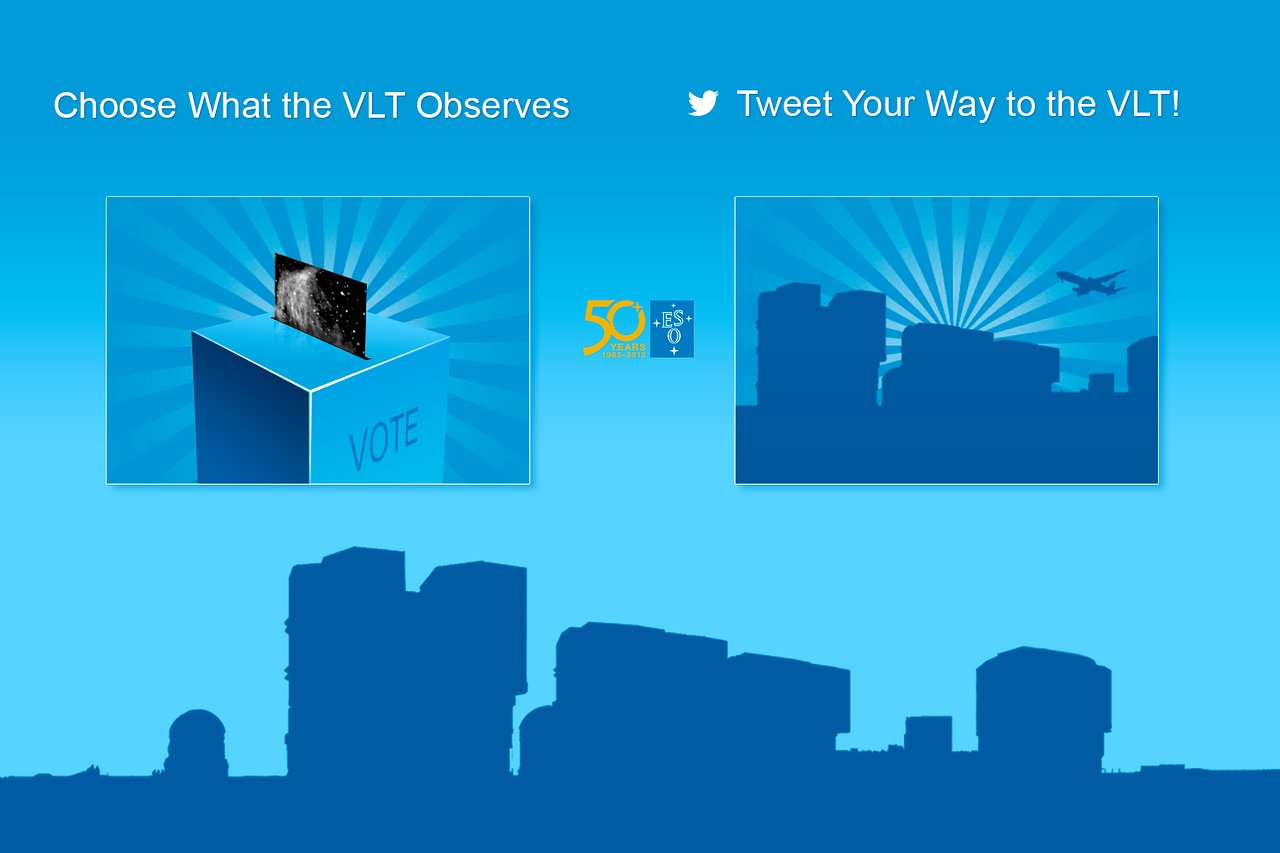




_(1024x678).jpg)
_(1024x768).jpg)

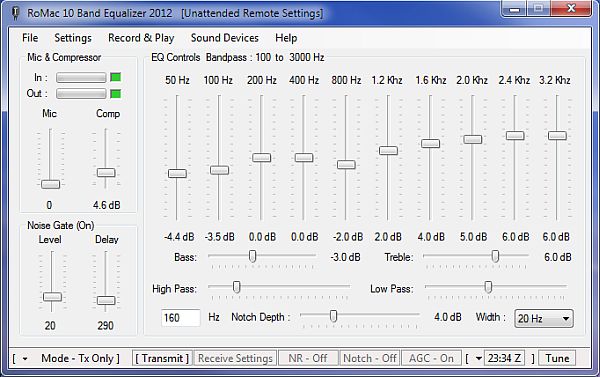
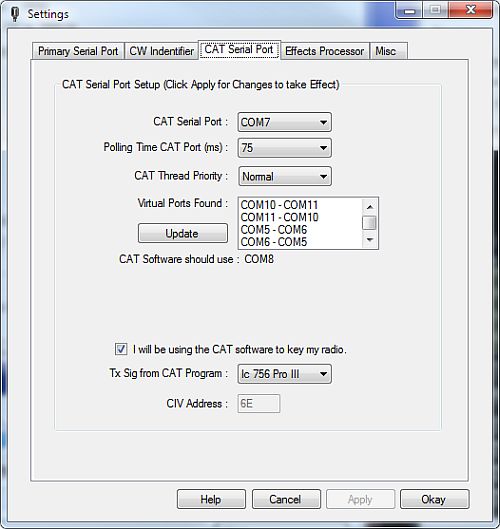

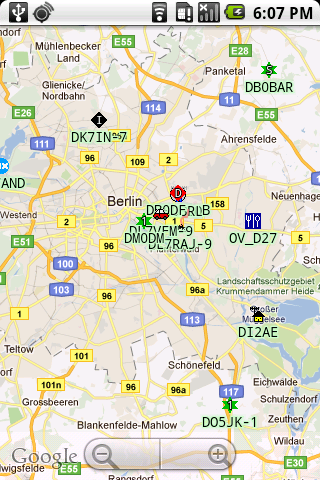
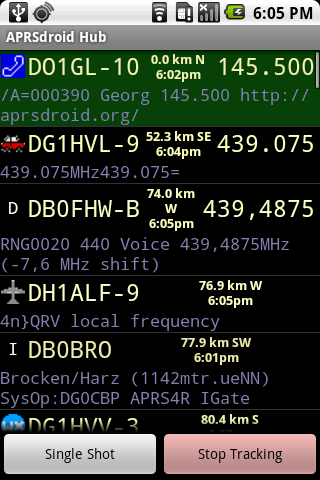
(3).jpg)
